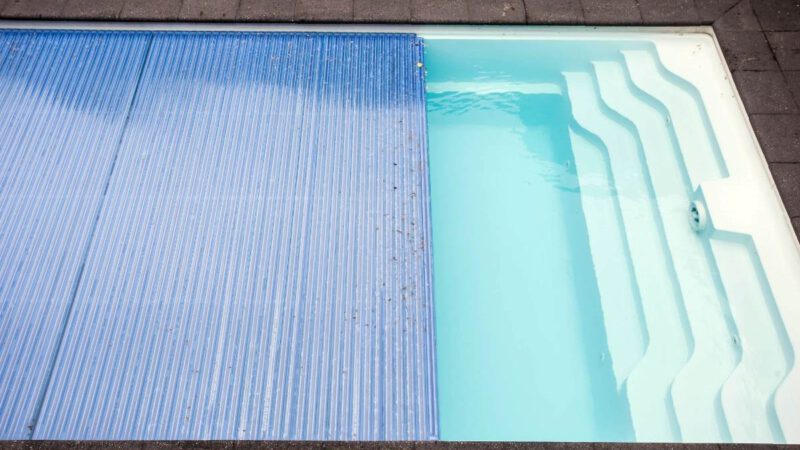Introduction to Solar Energy through the Mystery Box Game

To kick off your lesson on solar energy, you’ll want to capture the students’ curiosity right from the start. A great way to do this is by incorporating a playful element known as the mystery box game. This game is not just for fun; it’s a strategic tool to pique interest and build anticipation for the topic of solar energy. Before the students even know what the day’s lesson will entail, present them with a selection of boxes, each containing an item related to solar energy. The catch is that they can’t see inside the box; they can only shake it and feel it from the outside. This initial engagement sets a tone of intrigue and excitement, laying the foundation for a deeper exploration of solar energy.
Engaging Students with the Basics of Solar Energy
With their interest piqued, it’s time to delve into what solar energy is and why it’s important. Begin by connecting to their existing knowledge about the Sun, highlighting its role as the central star of our solar system and our primary source of light and warmth. This connection helps students understand the Sun’s significance beyond just a bright object in the sky.
Next, introduce the concept of solar energy as the light and heat emanating from the Sun, and explain how this energy can be harnessed and transformed into electricity or used for heating. Use simple analogies, like comparing solar panels to plants, absorbing sunlight to grow and thrive. This helps demystify the process of converting solar energy into usable forms.
Emphasize the benefits of solar energy, particularly its renewable nature and its minimal impact on the environment compared to fossil fuels. Discussing the advantages of solar energy in combating climate change and reducing pollution makes the topic relevant and urgent, fostering a sense of responsibility among the students to care for their planet.
Unveiling the Mystery Box Game
Once the groundwork on solar energy has been laid, circle back to the mystery boxes. This is the moment to reveal the purpose behind the game. Each group of students gets a box and, based on their earlier guesses, discusses how the hidden item could be connected to solar energy. This discussion bridges their initial curiosity with the new knowledge about solar energy, deepening their understanding and engagement with the topic.
Solar Energy Project: Crafting a Simple Solar Oven
Now that the students are equipped with basic knowledge about solar energy and its importance, they’re ready for a hands-on project that puts theory into practice. Designing an off-grid solar oven solidifies their understanding and demonstrates the practical applications of solar energy in an interactive and tangible way.
Building the Solar Oven
Start by explaining the project and its objectives. The goal is to build a device that captures solar energy and converts it into thermal energy, enough to cook a simple food item. This practical application of solar energy illustrates the principles they’ve just learned and shows the potential of solar power in everyday life.
Materials and Preparation
Before the class, gather all the necessary materials for the solar oven project. Each group of students will need a pizza box, aluminum foil, clear plastic wrap, black construction paper, tape, and a stick or straw. The choice of materials is deliberate; they are readily available and safe for students to handle, ensuring an inclusive and engaging activity for all.
Step-by-Step Construction
Walk the students through each step of constructing the solar oven:
Cutting a flap in the pizza box to create a window will allow sunlight to enter the box.Lining the flap and the interior bottom of the box with aluminum foil to reflect sunlight into the box enhances the oven’s ability to capture and retain solar energy.
Sealing the window with clear plastic wrap creates a greenhouse effect, trapping the sun’s heat inside the box.
Placing black construction paper inside the box to absorb heat increases the oven’s temperature. Ensuring all components are securely taped and that the box is as airtight as possible to maximize the oven’s efficiency.
Conducting the Experiment
Choose a sunny day for the outdoor experiment. Each group places a small food item, like a marshmallow or chocolate, inside their oven and positions it in direct sunlight. This hands-on experiment reinforces the concept of solar energy conversion and engages students in scientific observation and inquiry as they predict, observe, and record the results.
Conclusion and Reflection on the Solar Energy Project

After the experiment, it’s crucial to debrief and discuss the outcomes. Encourage students to share their observations and thoughts on why the solar oven was or wasn’t effective in cooking the food. This discussion should reinforce the concepts of solar energy absorption, conversion, and the greenhouse effect.
Link the project back to real-world applications of solar energy, such as solar panels in homes and businesses. This connection helps students understand the relevance of what they’ve learned and encourages them to think about how they can use solar energy in their communities and homes.
Finally, revisit the mystery box game and discuss the items in the boxes, revealing their significance and connection to solar energy. This moment of revelation ties the entire lesson together, showing students the practical implications of the concepts they’ve learned. Encourage them to reflect on how they can use items in the boxes in everyday life to harness solar energy, further emphasizing the lesson’s real-world applicability and inspiring them to think creatively about sustainable energy solutions.

